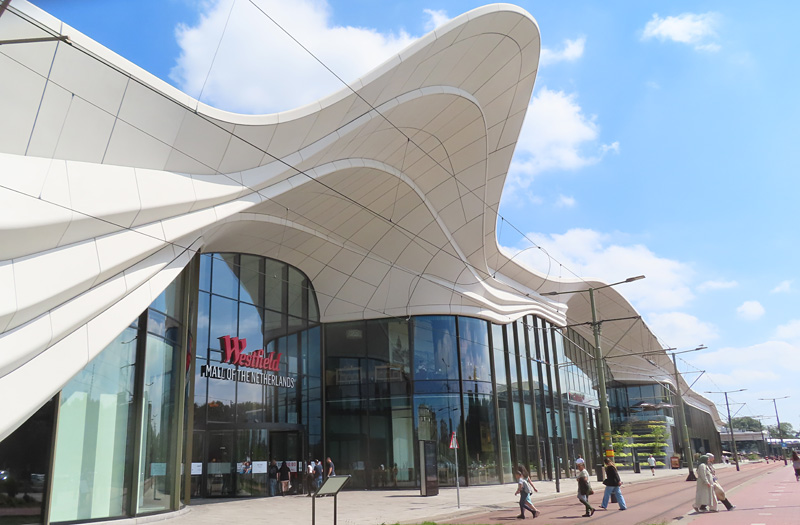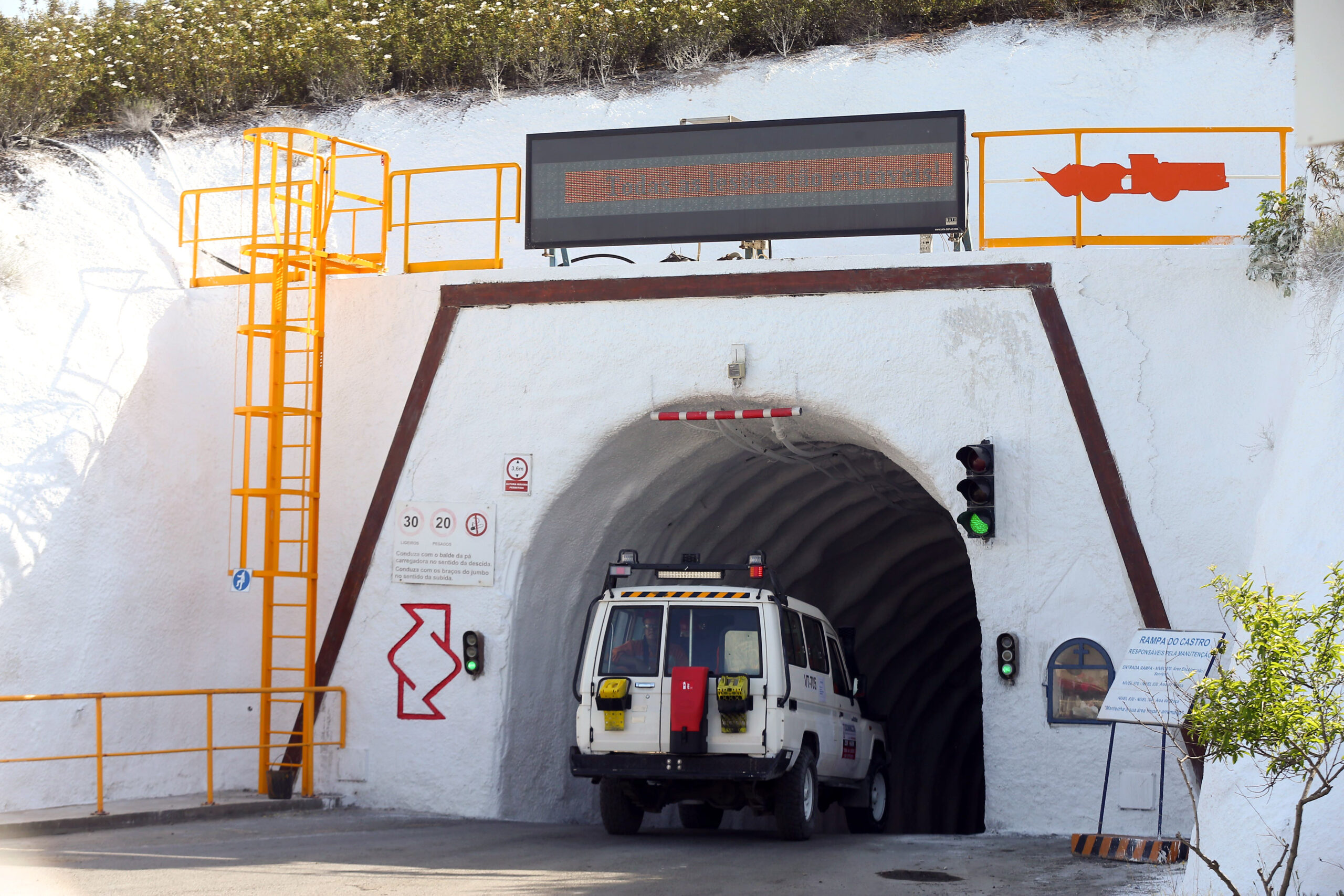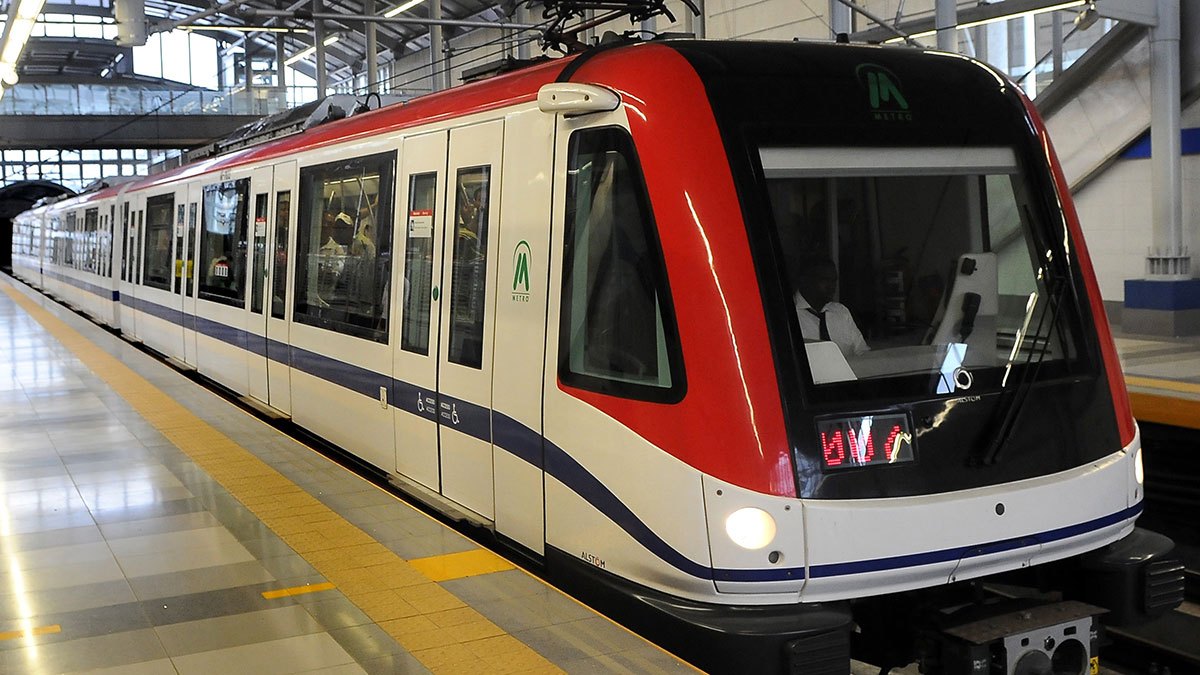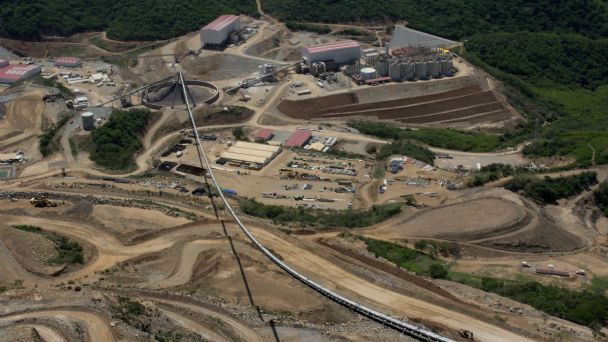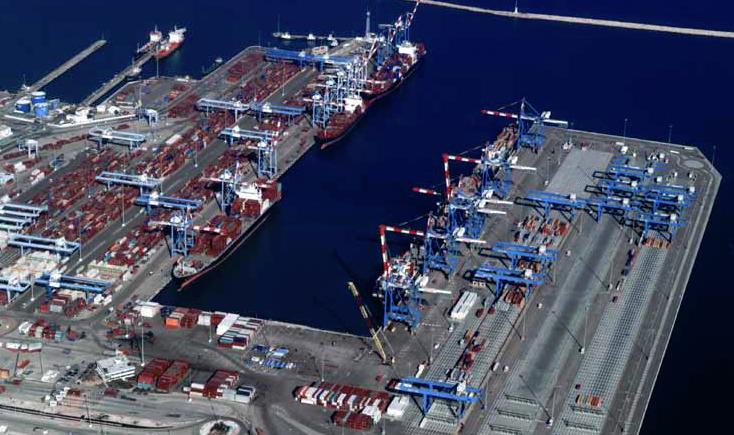
Israel’s Haifa Port is just about to make its new Carmel Container Terminal fully operational. Mendi Moscovitsh explains to Gay Sutton how the new terminal and new port management system will relieve congestion and markedly increase productivity.
The sea is a major logistics lifeline for the state of Israel, lying as the country does on the east coast of the Mediterranean. And its busiest container port, the port of Haifa, has an illustrious past stretching back to Roman times. Located in a sheltered position at the north end of the country, Haifa handles some 50 per cent of all the nation’s imports and exports, while its main competitor, the Port of Ashdod, handles 43 per cent. Meanwhile the small port of Eilat located at the head of the Gulf of Aqaba accounts for just five per cent. The only private sea port in Israel, the Israel Shipyards Port operates nearby and accounts for the remaining sea traffic.
Competition is fierce, though. “We occupy a good position with regard to the east Mediterranean trade. Our productivity is equal to that of the main ports of Europe. We have deep water quays and highly skilled workers,” explains head of Operational Development, Mendi Moscovitsh. “The only disadvantage we have is that we are located in the north of Israel while Ashdod is located in the centre where most of the commerce is done. Therefore we have to be much more productive than Ashdod in order to compete.”
To address this issue and maintain its position as Israel’s leading port, Haifa has been going through a significant period of expansion and development. By June of this year the long awaited new container terminal will become fully operational and a new container terminals IT management system will come online. Between them, these two improvements will dramatically increase the port’s operational efficiency and more than double its throughput capacity.
The new terminal is aptly named Carmel Container Terminal, after the mountain that shelters the city and port. It has two quaysides, the primary being 700 metres in length and the secondary measuring 250 metres, while the water alongside both is 15.5 metres deep. The aim is to operate at a productivity rate of 100 containers per crane hour or per ship hour, and to offer clients specific time windows for berthing.
The quays are equipped with six ship-to-shore cranes capable of serving the largest and most modern container ships. A new storage area has been built for the terminal, capable of storing 20,000 container TEUs at a time. The storage areas, meanwhile, are equipped with 12 rail mounted gantries.
Plans to develop the port date back to 1995, but it took more than 10 years simply to settle all the legal issues and obtain the necessary environmental and building permits—by which time congestion had become a feature of port life. The scope of the plans also evolved considerably over that time. “Originally we had planned to reclaim some 600 dunams [600,000 square metres] of land from the sea, but the first phase of expansion began in 2005 with the reclamation of about 250 dunams [250,000 square metres] of land. Infrastructure construction work was completed by mid-2009 and cost around €200 million. And then we began building the cranes,” says Moscovitsh.
The original plan specified rubber-tyred gantry cranes (RTGs) to operate in the storage area. “We changed that specification to rail mounted gantries [RMGs] and this enables us to store 30 per cent more containers in the same area,” Moscovitsh explains. “The RMGs are also electric instead of diesel, therefore producing zero pollution; and they consume power only when in operation.”
The quay cranes and yard gantries are highly sophisticated pieces of kit. “Each crane is like a new baby. Each is different, and the computer inside each is like a small factory. They cost more than $10 million apiece, and had we not bought them during the recession the cost would have been much higher.” The work of constructing these cranes is therefore long and complex. Those on the quayside are finished and have become gradually operational since October 2010, while the final two storage area cranes will become fully operational in June this year.
In addition to the new terminal, the Haifa Port Company has made a significant investment in the very latest state-of-the-art container terminal management software. “We’ve chosen the Navis SPARCS N4 system, which is the Microsoft of the marine container terminals world. It will enable us to manage all our container terminals from the gate to the ship, including the storage area, container movements, ship loading and sailing away.”
The road to this selection, however, came via failed implementation of a competing product, and this taught the company a considerable amount about container terminals operating system software implementation. “We began gradually implementing the new system on 21 October 2010 and are slowly handing over from the old system to the new one, which will become fully operational on 15 May this year. The two are currently running together, each responsible for 50 per cent of the port throughput,” he explains. “By doing it in this way we can constantly check ourselves and correct mistakes. And more importantly, we have time to educate all the marine communities in using the system, including staff working for the customs agencies, shipping and trucking companies. We will not need to slow down our operations as we do it.”
The port company has also replaced all its yard tractors with new ones, which have a smaller environmental footprint than the models they supplant. “We looked at hybrid technology but it’s new and still has problems, so we will be switching to hybrids for the next generation of yard tractors.”
Once the terminal becomes fully operational in June, the focus of attention will turn to increasing trade and throughput to utilise some of this new capacity and achieve a return on investment. The challenges do not stop there, though. Two interesting issues are fast appearing on the horizon. Firstly the Israeli government intends to privatise its three ports. “The first stage will probably take place this year, when the government plans to sell 15 per cent of the main ports’ Haifa and Ashdod governmental port holdings on the stock market,” Moscovitsh says. A year later a further 34 per cent will be sold to institutional investors, and then by 2020 the remaining 51 per cent will be sold.
This process may be delayed, though. An area of the port that currently handles containers’ break bulk and bulk materials has been designated in the National Outline Scheme as waterfront—in other words suitable for hotels, dwellings and mixed building. And the area is scheduled to be handed over to the city in July 2012. “However, this will not become waterfront until we have developed facilities to take over the operations handled by this part of the port,” Moscovitsh says. So there are interesting times ahead for Haifa Port, battles to be fought and decisions to make. One thing that is certain, though, is that the investments made over the past five years will play a significant role in promoting continued growth and maintaining Haifa’s position as Israel’s premier port.
DOWNLOAD
 HaifaPORT_MAY11_emea-bro-s.pdf
HaifaPORT_MAY11_emea-bro-s.pdf



